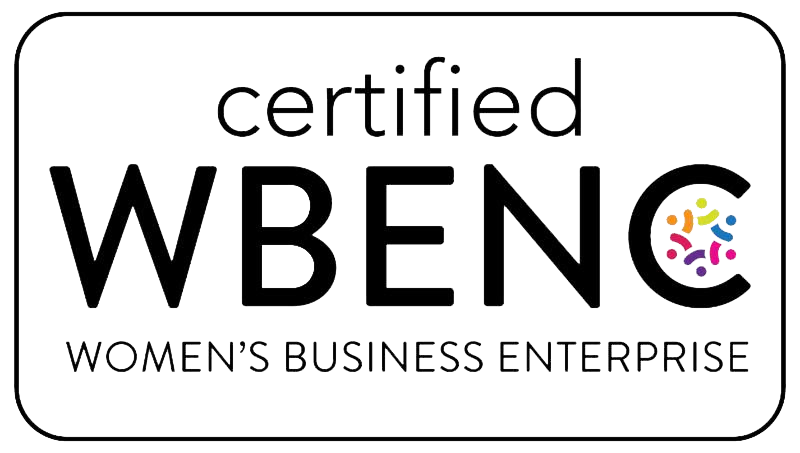“We’re not all on the same page and honestly, some of us aren’t even in the same building.”
Returning to the workplace has brought a wave of subtle tensions:
- Who gets to stay remote, and who has to come in?
- Are in-person employees being favored, or forgotten?
- Do remote workers feel invisible, while in-office staff feel underappreciated?
This new landscape is full of potential for miscommunication and resentment. But it also holds an opportunity: to lead with clarity, empathy, and equity.
Remote vs. In-Person Tensions Are Real
In many organizations, some employees are now back in the office full-time, others are hybrid, and some are still working fully remote. And while flexibility is a win for many, the imbalance can cause friction, such as:
- “Proximity bias” — where managers unconsciously give more attention to people they see daily
- Resentment — from in-office staff who feel remote workers have it easier
- Isolation — for remote workers missing key conversations or feeling left out of decisions
- Miscommunication — as teams adapt to different work rhythms and visibility
How to Avoid Conflict Between Remote and In-Office Teams
At MYCA, we help organizations prevent conflict before it starts. Here’s what we recommend:
1. Make Expectations Transparent
- Don’t let hybrid happen by accident, define it.
- Clarify when in-person presence is needed (and why).
- Be consistent: don’t allow unspoken exceptions that create tension.
2. Distribute Visibility and Opportunity
- Ensure remote workers are included in meetings, stretch assignments, and informal shout-outs.
- Use shared platforms for documentation, decision-making, and feedback, not hallway conversations.
3. Reinforce “Equal Work, Different Location”
- Recognize effort and outcomes, not desk time.
- Offer flexibility, when possible, to everyone, not just a few roles or teams.
- Create moments of connection across all formats, think hybrid coffee chats, asynchronous check-ins, and shared digital celebrations.
Address Conflict Early and Compassionately
Even with good systems, conflict can arise. And when it does, it’s better to address it early than let it fester.
At MYCA, we train leaders and teams in:
- Using inclusive language to name discomfort without blame
- Resolving misunderstandings through active listening
- Having clear, respectful conversations that surface needs
- Understanding how culture, identity, and communication styles affect conflict
We also provide scenario-based training so teams can practice real-world challenges before they escalate.
Connection Is the Antidote to Conflict
The truth is, many workplace tensions aren’t about policy, they’re about perception. People want to feel seen, heard, and treated fairly.
When you lead with empathy, communicate with transparency, and check your biases, you create a culture where tension can become understanding—and where disagreement doesn’t have to mean division.


